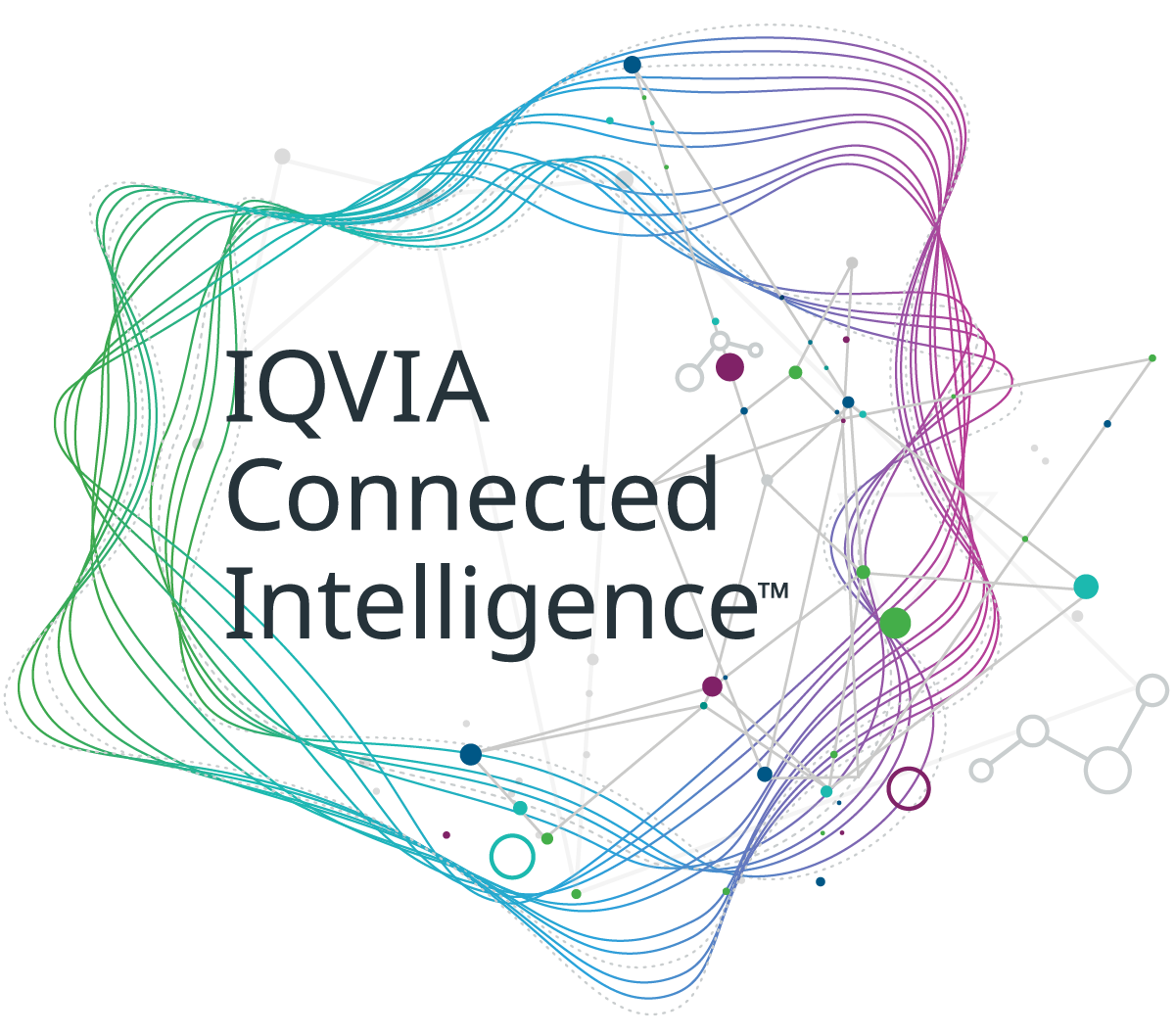Build on our experience of more than 245 rare disease studies in 96 countries to fulfill your promise of hope to millions around the world.
-
Americas
-
Asia & Oceania
-
A-I
J-Z

EMEA Thought Leadership
Developing IQVIA’s positions on key trends in the pharma and life sciences industries, with a focus on EMEA.
Learn more -
Middle East & Africa

EMEA Thought Leadership
Developing IQVIA’s positions on key trends in the pharma and life sciences industries, with a focus on EMEA.
Learn more
Regions
-
Americas
-
Asia & Oceania
-
Europe
-
Middle East & Africa
-
Americas
-
Asia & Oceania
-
Europe
Europe
- Adriatic
- Belgium
- Bulgaria
- Czech Republic
- Deutschland
- España
- France
- Greece
- Hungary
- Ireland
- Israel
- Italia

EMEA Thought Leadership
Developing IQVIA’s positions on key trends in the pharma and life sciences industries, with a focus on EMEA.
Learn more -
Middle East & Africa

EMEA Thought Leadership
Developing IQVIA’s positions on key trends in the pharma and life sciences industries, with a focus on EMEA.
Learn more
SOLUTIONS
-
Research & Development
-
Real World Evidence
-
Commercialization
-
Safety & Regulatory Compliance
-
Technologies
LIFE SCIENCE SEGMENTS
HEALTHCARE SEGMENTS
- Information Partner Services
- Financial Institutions
- Global Public Health
- Government
- Patient Associations
- Payers
- Providers
THERAPEUTIC AREAS
- Cardiovascular
- Cell and Gene Therapy
- Central Nervous System
- GI & Hepatology
- Infectious Diseases and Vaccines
- Oncology
- Pediatrics
- Rare Diseases
- View All

Impacting People's Lives
"We strive to help improve outcomes and create a healthier, more sustainable world for people everywhere.
LEARN MORE
Harness the power to transform clinical development
Reimagine clinical development by intelligently connecting data, technology, and analytics to optimize your trials. The result? Faster decision making and reduced risk so you can deliver life-changing therapies faster.
Research & Development OverviewResearch & Development Quick Links

Real World Evidence. Real Confidence. Real Results.
Generate and disseminate evidence that answers crucial clinical, regulatory and commercial questions, enabling you to drive smarter decisions and meet your stakeholder needs with confidence.
REAL WORLD EVIDENCE OVERVIEWReal World Evidence Quick Links

See markets more clearly. Opportunities more often.
Elevate commercial models with precision and speed using AI-driven analytics and technology that illuminate hidden insights in data.
COMMERCIALIZATION OVERVIEWCommercialization Quick Links

Service driven. Tech-enabled. Integrated compliance.
Orchestrate your success across the complete compliance lifecycle with best-in-class services and solutions for safety, regulatory, quality and medical information.
COMPLIANCE OVERVIEWSafety & Regulatory Compliance Quick Links

Intelligence that transforms life sciences end-to-end.
When your destination is a healthier world, making intelligent connections between data, technology, and services is your roadmap.
TECHNOLOGIES OVERVIEWTechnology Quick Links
CLINICAL PRODUCTS
COMMERCIAL PRODUCTS
COMPLIANCE, SAFETY, REG PRODUCTS
BLOGS, WHITE PAPERS & CASE STUDIES
Explore our library of insights, thought leadership, and the latest topics & trends in healthcare.
DISCOVER INSIGHTSTHE IQVIA INSTITUTE
An in-depth exploration of the global healthcare ecosystem with timely research, insightful analysis, and scientific expertise.
SEE LATEST REPORTSFEATURED INNOVATIONS
-
IQVIA Connected Intelligence™
-
IQVIA Healthcare-grade AI™
-
Human Data Science Cloud
-
IQVIA Innovation Hub
-
Decentralized Trials
-
Patient Experience Solutions with Apple devices
WHO WE ARE
- Our Story
- Our Impact
- Commitment to Public Health
- Code of Conduct
- Environmental Social Governance
- Privacy
- Executive Team
NEWS & RESOURCES

Unlock your potential to drive healthcare forward
By making intelligent connections between your needs, our capabilities, and the healthcare ecosystem, we can help you be more agile, accelerate results, and improve patient outcomes.
LEARN MORE
IQVIA AI is Healthcare-grade AI
Building on a rich history of developing AI for healthcare, IQVIA AI connects the right data, technology, and expertise to address the unique needs of healthcare. It's what we call Healthcare-grade AI.
LEARN MORE
Your healthcare data deserves more than just a cloud.
The IQVIA Human Data Science Cloud is our unique capability designed to enable healthcare-grade analytics, tools, and data management solutions to deliver fit-for-purpose global data at scale.
LEARN MORE
Innovations make an impact when bold ideas meet powerful partnerships
The IQVIA Innovation Hub connects start-ups with the extensive IQVIA network of assets, resources, clients, and partners. Together, we can help lead the future of healthcare with the extensive IQVIA network of assets, resources, clients, and partners.
LEARN MORE
Proven, faster DCT solutions
IQVIA Decentralized Trials deliver purpose-built clinical services and technologies that engage the right patients wherever they are. Our hybrid and fully virtual solutions have been used more than any others.
LEARN MORE
IQVIA Patient Experience Solutions with Apple devices
Empowering patients to personalize their healthcare and connecting them to caregivers has the potential to change the care delivery paradigm.
LEARN MOREWORKING AT IQVIA
Our mission is to accelerate innovation for a healthier world. Together, we can solve customer challenges and improve patient lives.
LEARN MORELIFE AT IQVIA
Careers, culture and everything in between. Find out what’s going on right here, right now.
LEARN MORE
WE’RE HIRING
"Improving human health requires brave thinkers who are willing to explore new ideas and build on successes. Unleash your potential with us.
SEARCH JOBS- Blogs
- Changing the Rare Disease landscape…one genome at a time
The genomics landscape has changed considerably over the past few years, and a big contribution to this acceleration has been the cost reduction of genomic sequencing. The Human Genome Project, dating back to 1990, quotes the cost of sequencing a human genome at $2.7 billion. When compared to the $299 quote from Nebula Genomics earlier this year – one does not need to think very hard about why global genomics initiatives are now progressing at pace.
It has been great hearing announcements from countries about their commitment to enhance the lives of citizens by embedding genomics into routine healthcare. There are many reasons why a genetic approach is highly desirable, including disease epidemiology, patient risk assessment, drug target identification and clinical trial optimisation. Over 190 global initiatives have been identified with half having a specific disease focus, and many also linking clinical data to the genomic data. Countries that have a health system that can longitudinally follow patients, can really maximise the linkage between genotype and phenotype. In addition, every country can harness the power of data gathered from patients or from survey data. An example of a private initiative is Ancestry.com which has a cohort of 15 million genotyped individuals with linked survey data, and Genomics England is an example of a public initiative which links about 125,000 whole genomes to EMR/EHR.
Genetic rare diseases account for nearly 80% of all rare diseases (Boat, 2015, Wright et al., 2018). The high unmet medical needs and the plight of affected patients and families are powerful arguments for further study of this wide range of rare diseases (Klein and Gahl, 2018, Schieppati et al., 2008, Wastfelt et al., 2006) by both academic and industry led study.
It is estimated in 2020 that 6,172 clinically distinct diseases are genetic in nature according to Orphanet, an online database of rare diseases that includes genetic and non-genetic diseases defined according to the European prevalence threshold (Cutillo et al., 2017). Analysis of the age of onset in rare diseases reveals the remarkable observation that 55% of all diseases are of pediatric origin
Analysis of all rare genetic diseases by the organ these diseases affect indicate that, irrespective of age, close to 70% of these diseases produce abnormalities of the nervous system
The concept of rare diseases focuses on a seemingly low percentage of people affected by a single affliction. Collectively, however, these rare diseases affect nearly 4% of the people during their lifetime. It is predicted that the numbers of patients with rare disease will dramatically increase. This concept is intrinsic to the idea of personalized medicine (Collins and Varmus, 2015).
The power of genomics can only be unlocked by a colossal amount of diverse aggregated non-identifiable data which can be responsibly and securely shared, while also protecting privacy. This is the ultimate goal for a learning health system which can adapt and change depending on the data that is generated. We are seeing an evolving relationship between academic, governmental, clinical and industrial communities which is both necessary and welcome. But…at the heart of all of this is the citizen, and it is our responsibility to ensure the opportunities that arise from a genomic healthcare system are translated accordingly. This includes issues of privacy, secure data storage, retention duration, and disclosed use cases of data to mention a few.
We need to ensure global genomics opportunities get initiated, but also can connect and learn from others. Standardised tools and frameworks are the foundation for this. I am pleased to be part of accelerating the genomics revolution, as it is my desire to have better health outcomes for all. These are not unrealistic desires or expectations, and that’s why together we can change the world…one genome at a time.
Read the Understanding the Global Landscape of Genomic Initiatives Report this blog has alluded to and that is published by the IQVIA Institute.
Related solutions
Specialized expertise and customized solutions across 14 therapeutic centers of excellence, including oncology, GI/NASH, pediatrics, neurology and rare diseases.











